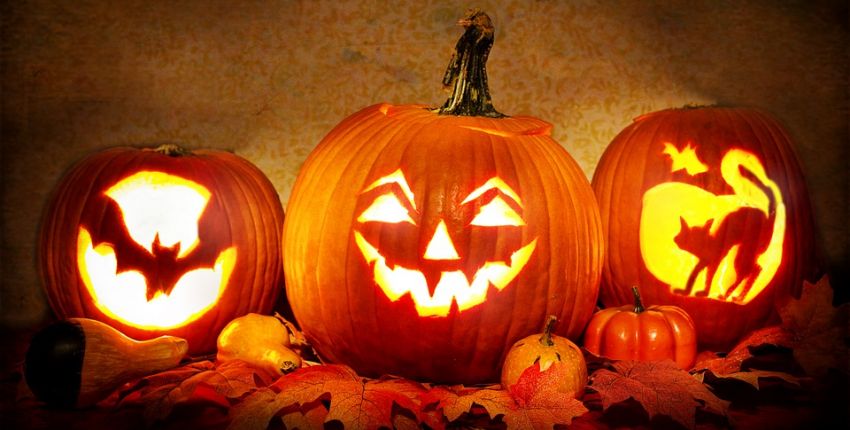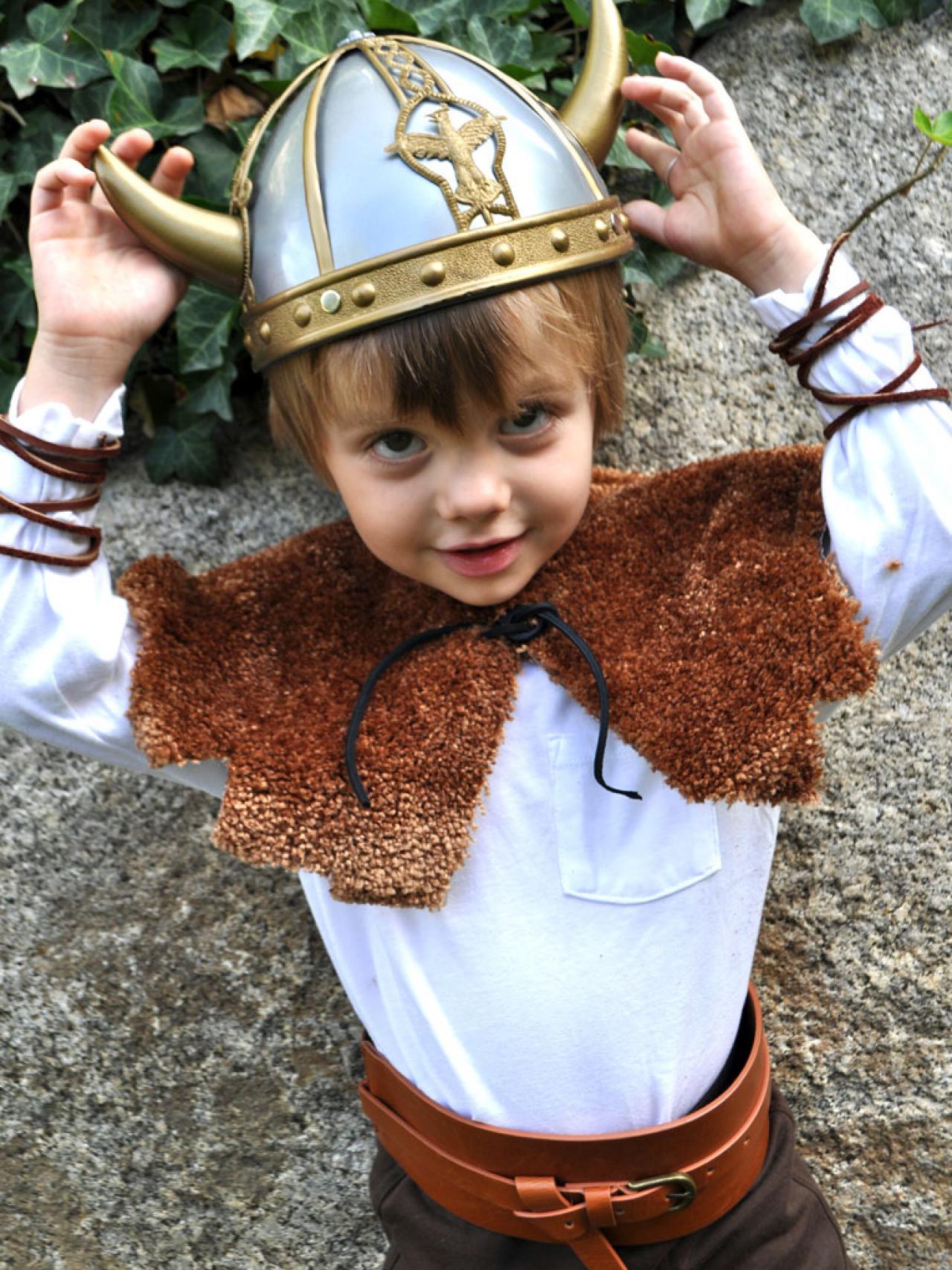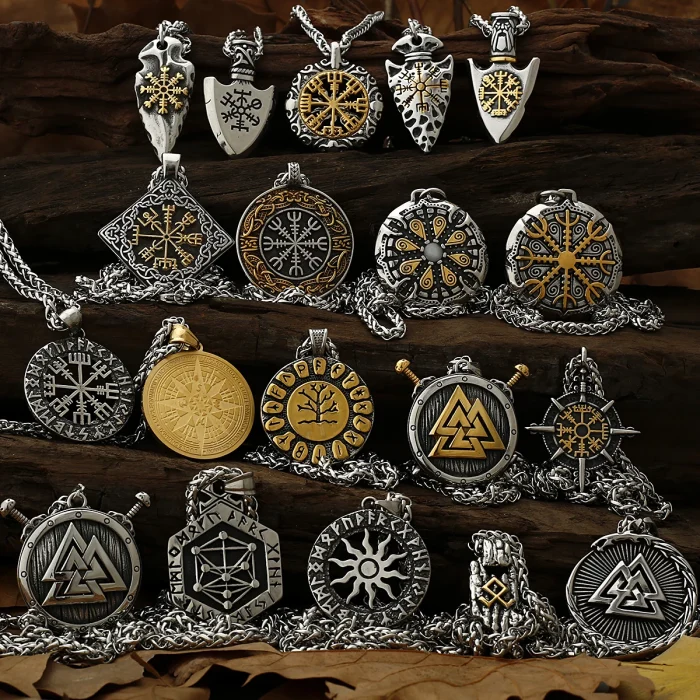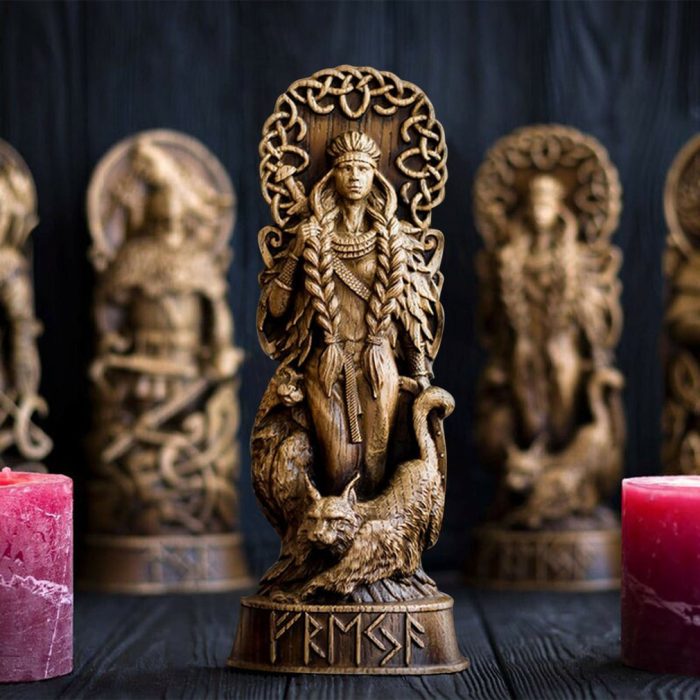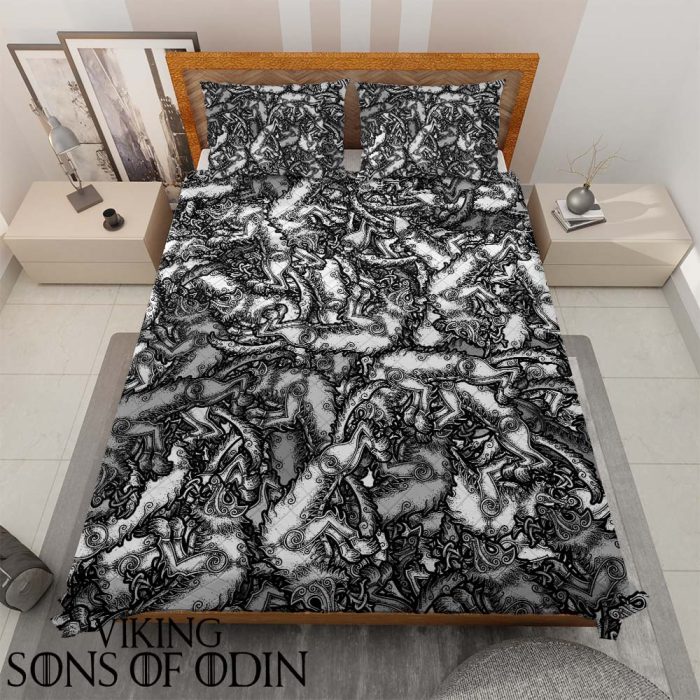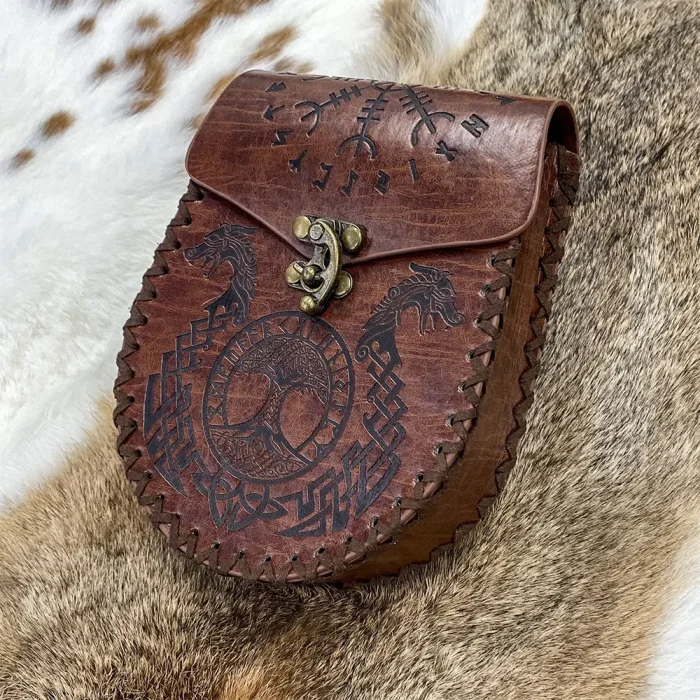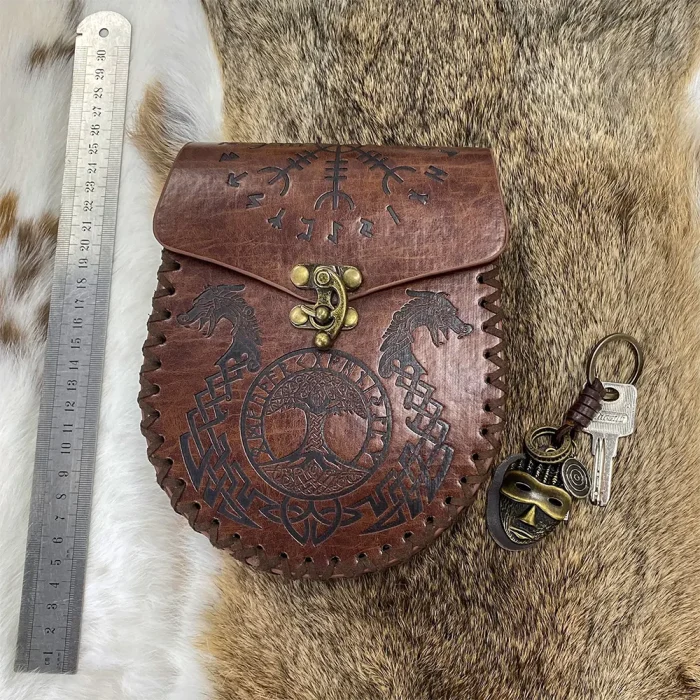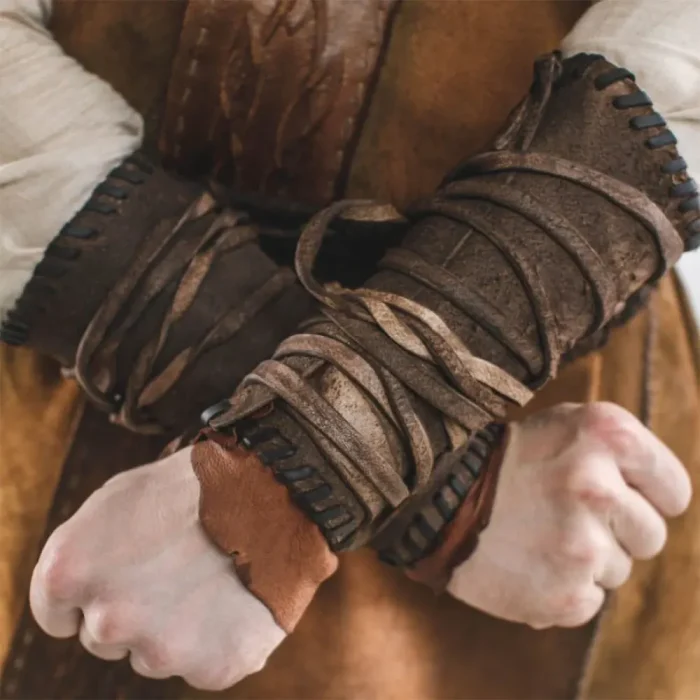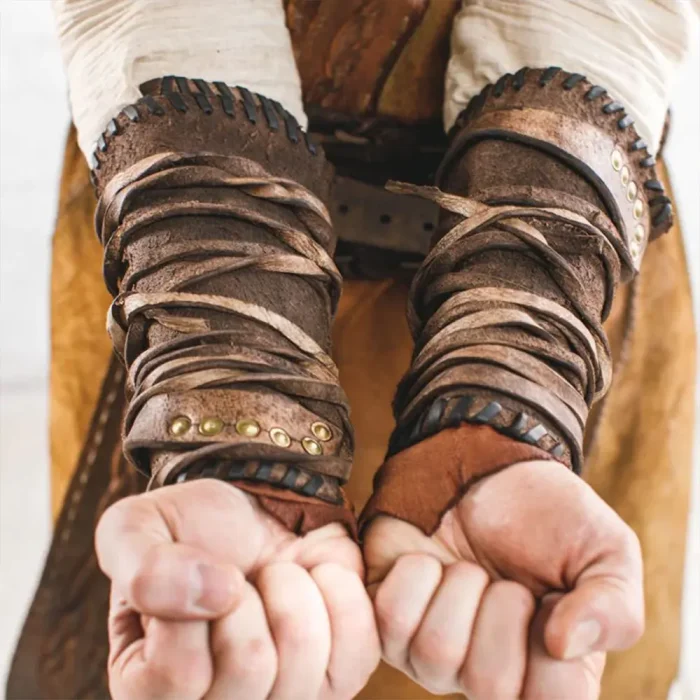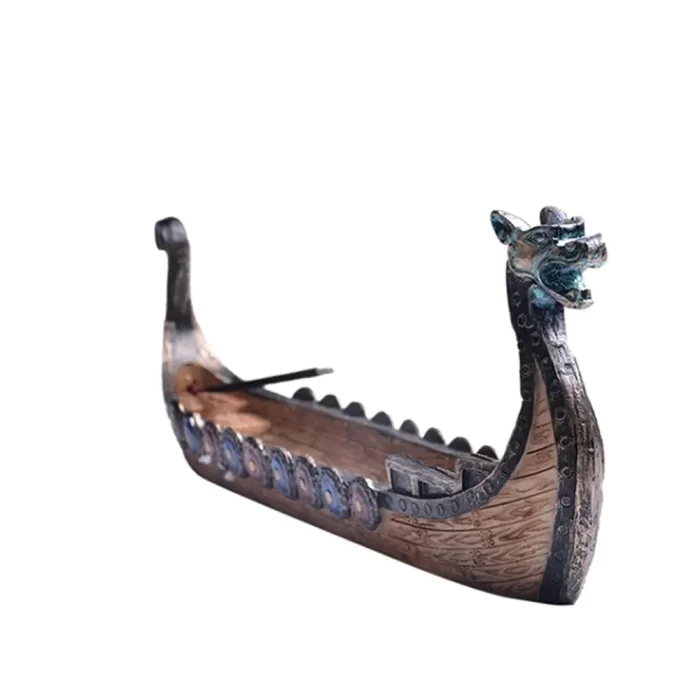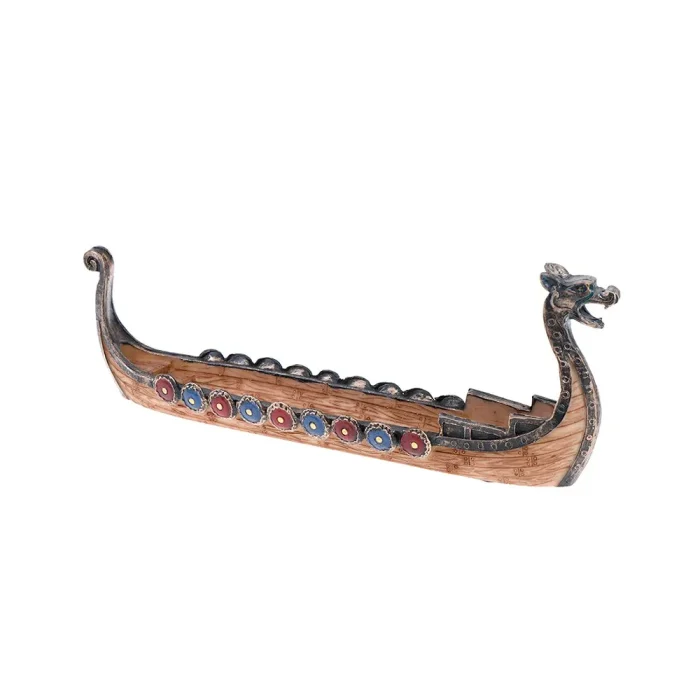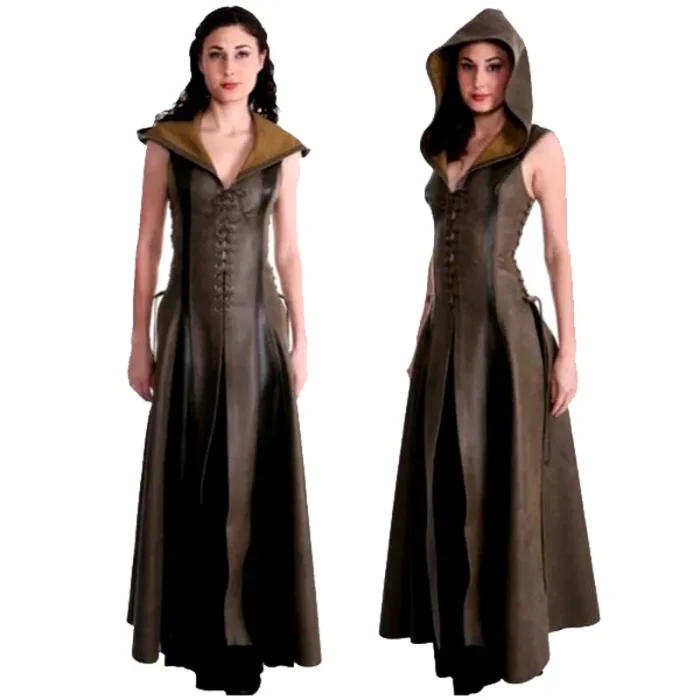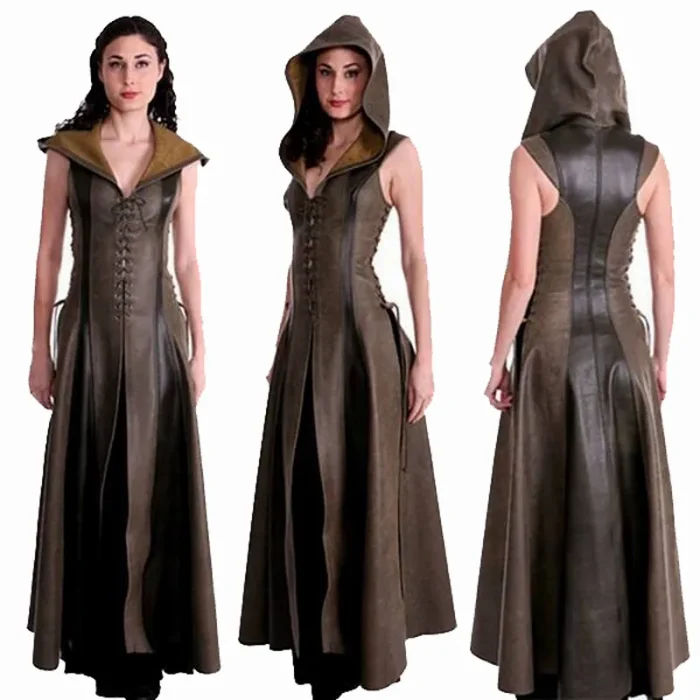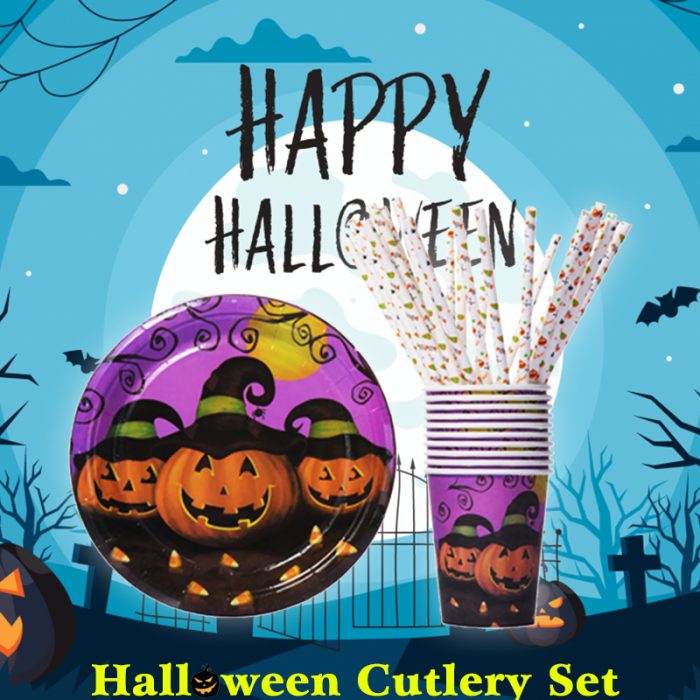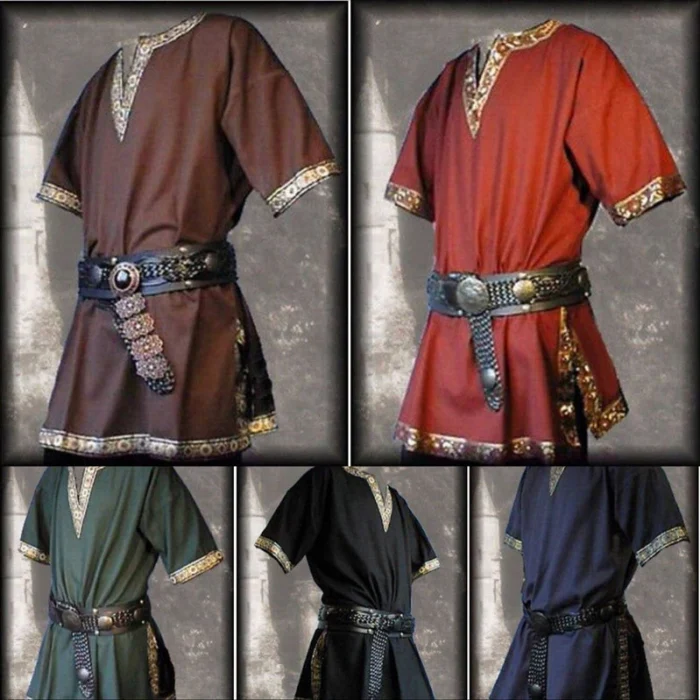BEFORE WE ANSWER THAT QUESTION, LET US HAVE A LOOK AT NORSE WINTER TRADITIONS.
The powers of the dark
According to the ancient sources, the ancient people of the North believed that this time of the winter is when the power of the dark, mysterious and dead were at their strongest – and as humans would do well to keep them on our side. So, during this first dark winter month, they would do best to offer their friendship to the powers stirring. In doing so, they would aid them through the darkness and cold into yet another season of light and growth. You see, the powers of the dark were not perceived as evil but powerful and it was important to seek their assistance. This was done in the best Norse way possible, by offering them beer and meat.
Álfablót – The sacrifice to the elves
Ancient texts, such as the skaldic poem Austrafararvísur, tell us about the Norse tradition of álfablót, the sacrifice to the elves. The álfablót was a celebration held between the end of autumn and the beginning of winter. We know little of the celebration itself since it seems to have been surrounded by a lot of secrecy. Despite the normally strict code of hospitality during this day and age, strangers were not allowed to enter the farmsteads during the álfablót. However, most historians seem to agree that the lady of the household managed the celebration and that the elves were actually closely associated with ancestors – perhaps, primarily, with the ancestral fathers, since the word for the elf, álfr, is distinctly masculine and offers no feminine version in Old Norse. It is likely that during the álfablót the elves were probably honoured as the spirits of dead ancestors and worship as part of the life force of the family.
It is interesting and quite fascinating that this celebration took place over a thousand years ago around the same time as we today celebrate Halloween, All Saint’s Day and the Day of the Dead in places all around the world.
DID THE VIKINGS CELEBRATE SOMETHING SIMILAR TO HALLOWEEN?
Did the Vikings celebrate Halloween? Well, certainly not. At least, not as we know the holiday today. Halloween, or the ‘Day of the Dead’, is a holiday observed on October 31 in such countries as Ireland, the United Kingdom, the United States, or Canada.
Halloween, as we know it today, was initially rooted in the Celtic culture, and subsequently influenced by Christianity
The answer to the question depends on how one defines Halloween. If we are to define Halloween as the trick-or-treat commercial last day of October, then certainly a correspondent to this wasn’t observed in the Norse lands during the Iron Age and early Middle Ages.
Nonetheless, if we are to consider the pre-Christian basis in some cultures around the world for the contemporary Halloween, then the Norsemen did indeed celebrate something quite close enough to the Irish Samhain (the festival that marked the end of the harvest season and the beginning of the winter or the ‘darker’ half of the year in Celtic culture).
Alfablót is to this day still celebrated in some parts of the Nordic region. The rules surrounding the celebrations are more liberal today, and a family can invite whoever they wish to partake since the main objective is to be connected with the spirits that live around the family’s farmstead/house.
WHERE DOES MODERN HALLOWEEN COME FROM?
Many of the traditions we still associate with Halloween in the modern world come from Samhain. To mark the occasion of Samhain, the Druids (pagan religious leaders) used to light enormous bonfires, where the community burned crops and animals as a sacrifice to Celtic deities.
According to Inside History, during the celebration, the Celts wore costumes, typically consisting of animal heads and skins, and attempted to tell each other’s fortunes. When the celebration was over, on returning home everybody re-lit their hearth fires from the sacred bonfire to help protect them during the coming winter.
All Souls’ Day was celebrated similarly to Samhain, with big bonfires, parades and dressing up in costumes as saints, angels and devils.

